The cosmos has always whispered its secrets to those willing to listen. Now, a groundbreaking project has transformed the silent dance of our solar system's planets into a breathtaking symphony, giving voice to celestial mechanics in ways never before imagined. This audacious fusion of astronomy and music reveals hidden harmonies in the orbital patterns we've observed for centuries but never truly heard.
At the heart of this endeavor lies a simple yet profound concept: each planet's orbital period, eccentricity, and distance from the Sun correspond to specific musical parameters. Mercury's rapid 88-day orbit becomes a staccato rhythm section, while Jupiter's ponderous 12-year journey translates to deep, resonant bass tones. The result isn't merely planetary data set to music—it's a genuine sonification of gravitational relationships that have existed since the solar system's formation.
The process began with NASA's precise ephemeris data—mathematical models predicting planetary positions with astonishing accuracy. These numbers, typically used for spacecraft navigation, became raw material for musical composition. Orbital velocities determined tempo changes, with planets accelerating as they approach perihelion and slowing at aphelion. The varying distances between planets created evolving harmonic intervals, producing consonant chords during planetary alignments and dissonant clusters during oppositions.
What emerges from this translation defies expectations. Contrary to assumptions that randomly assigned notes would create chaos, the solar system's fundamental resonances produce surprisingly melodic structures. Jupiter and Saturn's gravitational dance—their orbits locked in a 5:2 ratio—manifests as a recurring musical fifth interval. The inner planets form a rhythmic ostinato beneath the gas giants' majestic themes, while Pluto's eccentric path adds unpredictable but meaningful chromatic flourishes.
Scientists and musicians alike are stunned by how naturally celestial mechanics lend themselves to musical expression. "We're not imposing human musical conventions on the data," explains the project's lead astronomer. "The harmonies emerge directly from orbital relationships established over billions of years. When Venus completes eight orbits for every thirteen of Earth's, that 8:13 ratio creates a distinctive phrygian dominant scale fragment—a sound familiar to flamenco guitarists and now revealed as part of our solar system's acoustic fingerprint."
The composition's structure follows the planets' actual positions during a specific 50-year period, creating an epic musical timeline where listeners can hear the 1970s' planetary alignment as a climactic chord progression and the 1990s' scattered configuration as experimental atonality. This temporal dimension adds profound depth—the music becomes a time capsule of celestial motion, allowing audiences to experience astronomical events they might have missed during their lifetimes.
Beyond its artistic merit, the project offers unexpected scientific insights. By translating numerical data into sound, researchers have identified subtle orbital patterns that visual analysis might overlook. The music reveals hidden cadences in seemingly irregular planetary motions, suggesting new avenues for studying solar system dynamics. Some astrophysicists speculate this approach could help detect exoplanetary systems by training researchers to recognize characteristic "sound signatures" in stellar wobble data.
The symphony's reception has been extraordinary, with performances in planetariums where the music synchronizes with projected orbital animations. Audiences report experiencing a visceral understanding of celestial mechanics—the difference between knowing Jupiter takes twelve years to orbit the Sun versus feeling that duration as a slowly evolving musical theme. Children particularly respond to this multimodal approach, grasping complex astronomical concepts through combined visual and auditory stimuli.
Critics initially dismissed the project as gimmickry but have been humbled by its emotional power. The moment when Earth and Venus achieve inferior conjunction—represented by overlapping melodic lines resolving into unison—has moved listeners to tears. There's an undeniable profundity in hearing the music of the spheres not as metaphorical poetry but as actual acoustic phenomena derived from Newtonian physics.
This work bridges the perceived gap between science and art, demonstrating how deeply interconnected these disciplines truly are. The same mathematical principles governing planetary motion underlie Western harmony—we've simply been speaking different dialects of the universe's fundamental language. As the project expands to include moons, asteroids, and eventually exoplanets, we may discover that the cosmos has been composing all along, waiting for us to develop the tools to listen.
Future applications could revolutionize science communication and education. Imagine interactive exhibits where visitors "play" the solar system by adjusting virtual orbits and hearing real-time musical consequences. Or consider therapeutic applications—the predictable yet infinitely varied patterns of celestial music might offer neurological benefits similar to rhythmic light therapy. The project team has already begun exploring how different sonification parameters could reveal other hidden dimensions of astronomical data.
Ultimately, this planetary symphony challenges our perception of music's origins. Perhaps Bach's fugues and Mozart's concertos didn't invent harmony so much as rediscover it—tapping into vibrational relationships that existed long before life emerged on Earth. As we continue translating cosmic phenomena into human sensory experiences, we may find that art and science were never truly separate, just different expressions of the same universal truths waiting to be revealed.
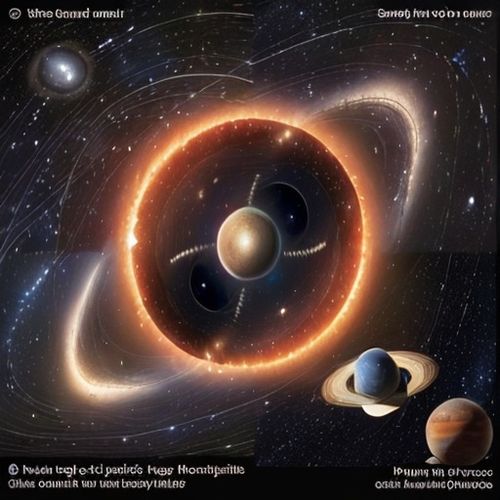
By Victoria Gonzalez/Apr 14, 2025
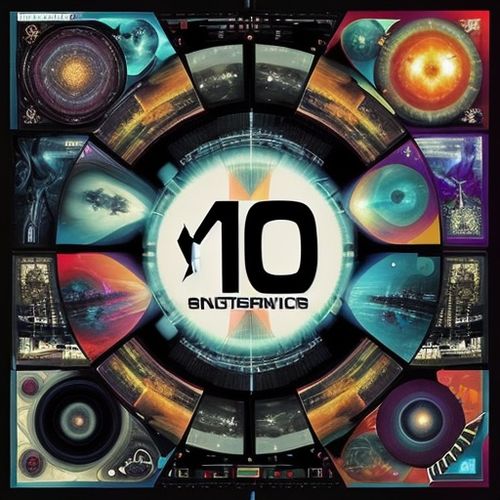
By Ryan Martin/Apr 14, 2025
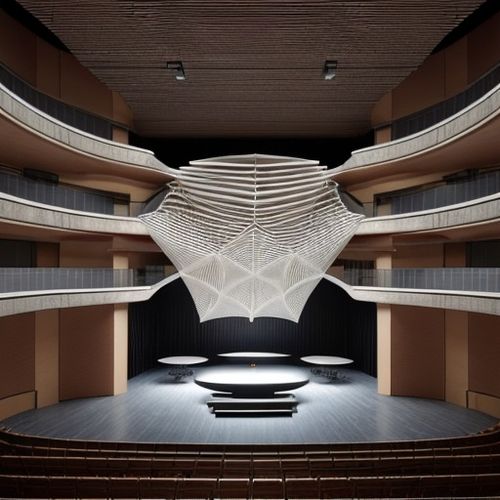
By John Smith/Apr 14, 2025
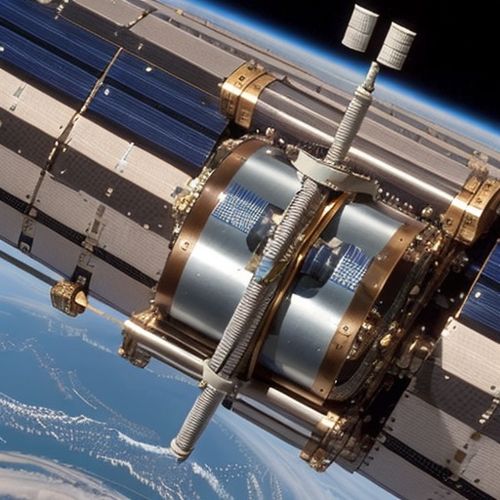
By Eric Ward/Apr 14, 2025
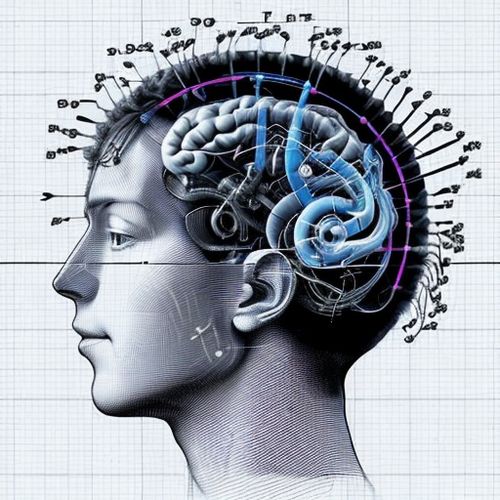
By Victoria Gonzalez/Apr 14, 2025

By Ryan Martin/Apr 14, 2025
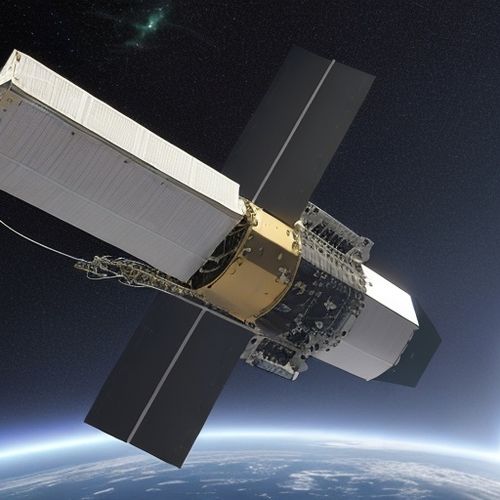
By James Moore/Apr 14, 2025

By Megan Clark/Apr 14, 2025

By John Smith/Apr 14, 2025
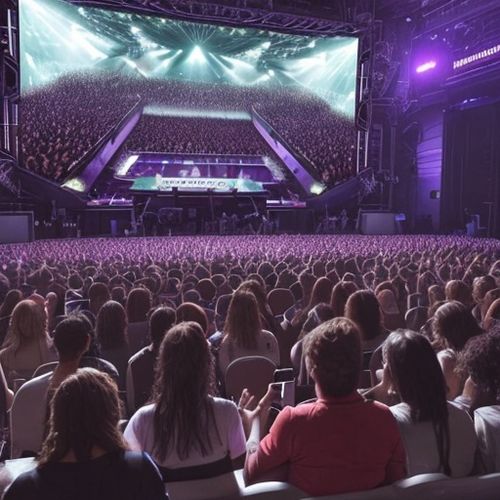
By Joshua Howard/Apr 14, 2025
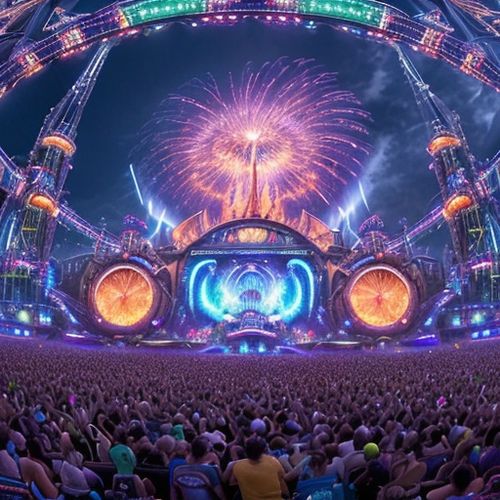
By Laura Wilson/Apr 13, 2025
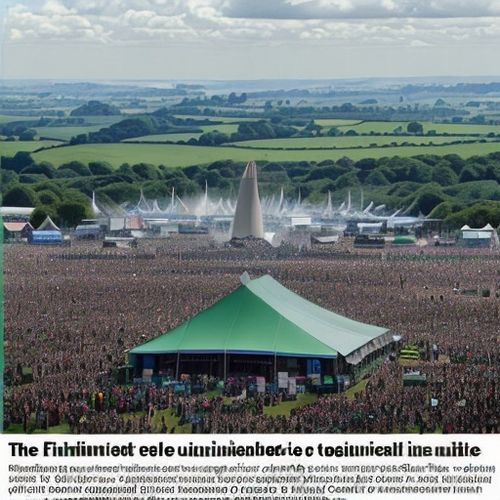
By Grace Cox/Apr 13, 2025
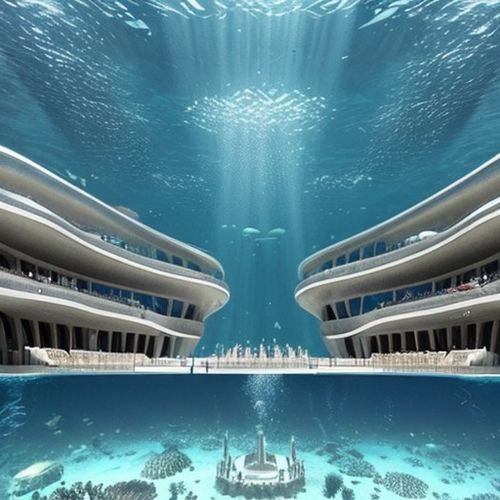
By Benjamin Evans/Apr 13, 2025

By George Bailey/Apr 13, 2025
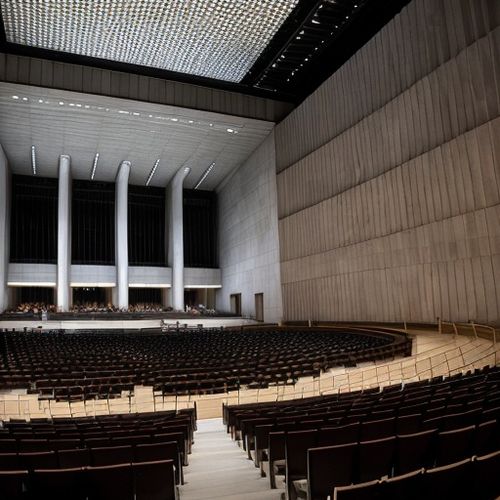
By David Anderson/Apr 13, 2025
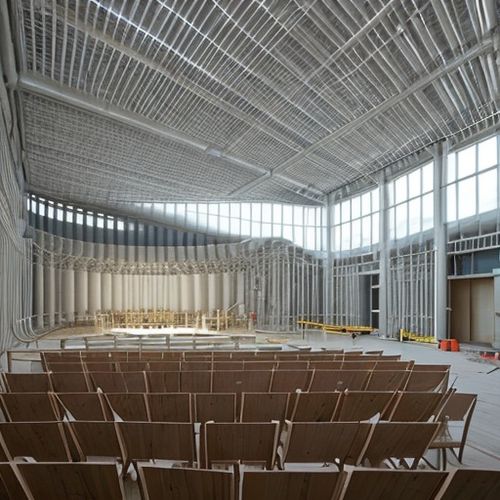
By Grace Cox/Apr 13, 2025
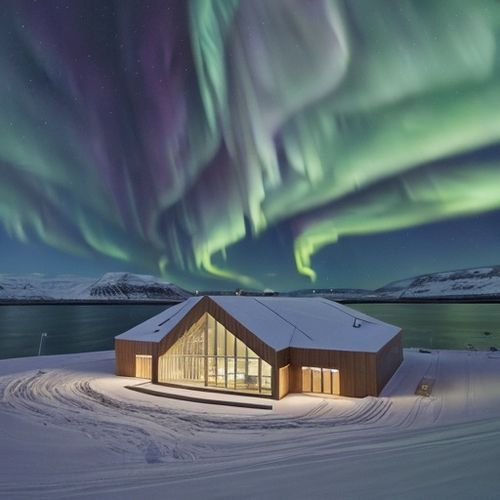
By William Miller/Apr 13, 2025
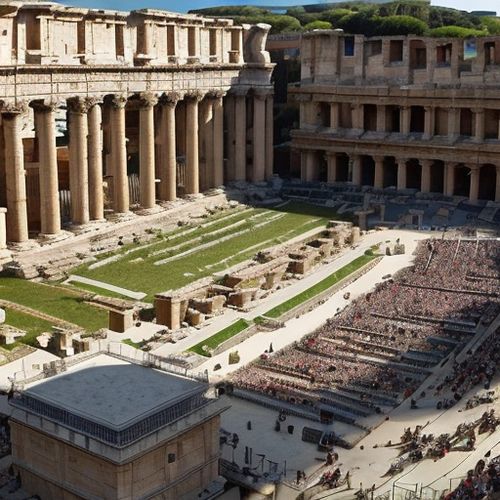
By Rebecca Stewart/Apr 13, 2025

By William Miller/Apr 13, 2025
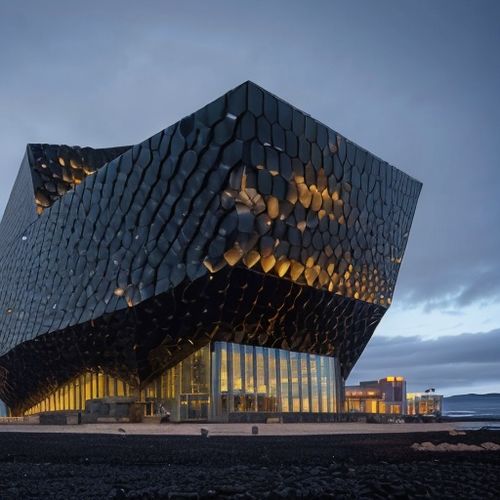
By Daniel Scott/Apr 13, 2025